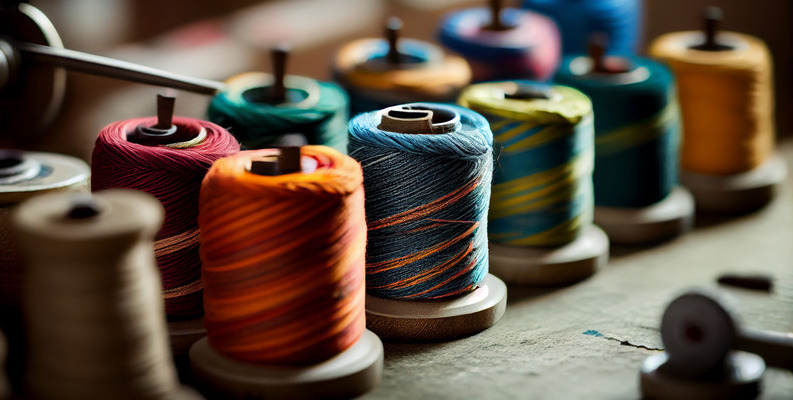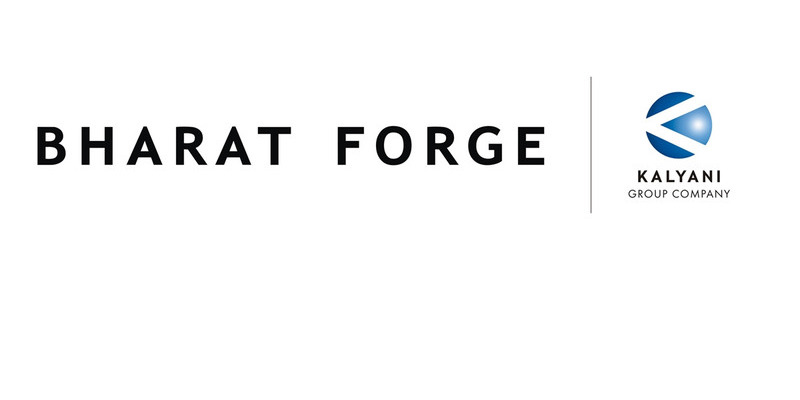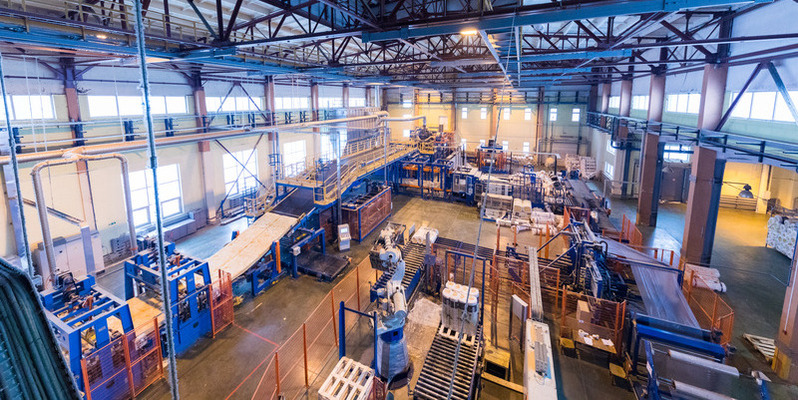Schedule a Call Back
"Each SGM Magnet is Designed for Specific Application"
 Interviews
Interviews- Jul 08,14
Excerpts from an interview with Manoj Nairyani, Managing Director, SGM Magnetics India Pvt Ltd, subsidiary of SGM Gantry S.p.A., Italy, a company specialising in magnetic equipment technology by closely working with and being highly sensitive to the needs of steel mills all over the world.

What brings SGM to India? What is the nature of the operations - a subsidiary or JV?
SGM Gantry S.p.A has been in the magnet manufacturing business since 1954 concentrating on steel mill applications. In 2005, the company planned to enter India looking at the potential of growth in India, which was showing much promise. At first SGM was selling the magnets manufactured in Italy only. Once the potential was seen with the expansion of major steel plants such as SAIL, Jindal, Essar, etc., it was felt that it is necessary to have a manufacturing unit in India to enable customers to save on import duties, save on delivery time and most of all to cater to the commissioning and after sales service. Then in 2009 it was decided to set up a unit in India. Hence, the Vizag plant came into being.
SGM Italy also is in the field of aluminium separation. In simple words, what SGM basically manufactures is machinery for separation of good aluminium from scrap. From one side you feed in aluminium scrap and on the other side you get aluminium free of ferrous, wood, copper and other metals/materials making it highly suitable for melting it into ingots. In India as on date factories are doing separation but manually, employing over 400 people to separate 10T an hour, whereas SGM equipment needs only 2 people to operate the machine and the output could be as much as 25/30T an hour. With the labour force decreasing in India this will prove to be beneficial to the existing companies as well as new ones. In the US and Europe, SGM supplies a lot of equipment for recovery of aluminium from car shredding.
A simple principle of a lifting magnet, but SGM has had some remarkable innovations. Could you highlight some of these?
The simple principle of lifting magnet is a coil (copper/aluminium) wound around a core, with DC current applied to it, becomes a magnet. This attracts plates, slabs, MS bar bundles, etc., and this can then be transported to another area of storage by a crane to which the magnets are attached.
SGM has in the long years of experience learnt to design and manufacture magnets with the best weight to lift ratio for various applications. Very often manufacturers try to make a standard range of magnets, and then try to fit the magnet already in the standard range to somehow suit the need of the user. This does not give the optimum results, as each and every product to be lifted has its own critical lift parameters. One cannot use a magnet designed for slabs to lift coils or vice versa. SGM takes from the client all the parameters of the product to be lifted and designs each and every magnet specifically for the client. No two magnets are the same. The optimum coil (copper/aluminium) to steel ratio is very, very critical; hence SGM does not compromise on it. Very often clients request us to quote for a particular size of magnet, which they are already using, we refuse, because that is not what size is required hence the reason they want to replace it because it is not lifting the load as required by them.
SGM has concentrated on the safety features for the safe operation of the magnets and more than all safety to the people during the movement of the heavy loads. No load is dropped from the magnet during its lift come what may, for instance, by human error, or by power failure. All the safeguards are provided in the specially built controller, which SGM has a patent for.

With 60 years of experience of the parent company, what will be the USP of SGM products in the Indian market?
Since safety has become a prime importance in steel plants in India, SGM is concentrating of giving their clients the best safeguards in terms of life safety and long life of the magnet.
What are the main application areas/segments SGM is eyeing in India?
The main application for lifting, SGM is concentrating on is hot loads where the temperature of the material to be lifted is close to 600?C and also where the client has a challenging lift .The major segments SGM concentrates on major steel plants. Very often we have heard of cases in India that the magnets our clients have been using are not lifting the loads the have been promised they would lift, that where SGM gives a magnet solution that solves all their problems.
How does the cost of ownership of SGM products, over life-cycle, compare with competition?
Till date there has been no magnet breakdown of SGM magnets in India hence cannot give the comparison between us and the competition. Our competitors' magnets have failed in a time range of 6 months to 3 years but the magnets supplied by us have till date not failed even though they have been working for 4/5 years. In different parts of the world magnets supplied by us are still working for the last 12/13 years.
How strong/effective is the nation wide reach and after sales service?
In the internet age today, one does not need people to be present at all locations. We address the problems posed to us within a day or else if we need an expert advice from our parent company it takes 2/3 days. Our engineers reach a troubled site within 2 days from the date of call. But to tell you the truth more often than not the problem is not because of the magnet or the controller but because of the input power fluctuation in different parts of India.
Any breakthrough product launch that made a difference?
The breakthrough product that has given SGM a major boost is the introduction of anodised aluminium coil. This has changed the way magnets are made. The advantage is that the anodising forms a layer on top of the aluminium and acts as insulation. It can withstand temperatures up to 1500?C whereas the insulation paper used can withstand only 600?C and hence has more chances of failure in the magnet due to insulation burn or tear. This has been accepted widely in India now by private steel plants but till date the Government owned plants have not changed over but are slowly contemplating. SGM worldwide supplies 90 per cent of the magnets in anodised aluminium.
How is the present business environment?
As of day with the steel sector going through a tough time, it has definitely affected us but we are surviving on orders for projects already approved and in stream.
What are the future plans for India?
The future looks very promising, after the announcement of the new government and with Mr Modi at the helm we are very positive that the steel sector is going to get a big boost because of infrastructure projects. If anyone can do it, it will be Mr Modi.
Jungheinrich Unveils New Generation of IC-powered Forklifts
Jungheinrich unveiled a completely re-designed generation of IC (internal combustion) engine powered forklift trucks at CeMAT (May 2014 in Hannover). Engineered and manufactured in Germany, these general purpose, reliable and rugged trucks deliver above-average throughput rates with simultaneous low fuel consumption. The new generation stackers handle payloads of up to 3,500 kg, with maximum stacking height of 7.50 mtr. Jungheinrich is simultaneously launching two new series of internal combustion engine powered counterbalance forklift trucks - hydrodynamic torque converter drive trucks in the DFG/TFG 316-320 and DFG/TFG 425-435 model ranges.
The new generation stackers handle payloads of up to 3,500 kg, with maximum stacking height of 7.50 mtr. Jungheinrich is simultaneously launching two new series of internal combustion engine powered counterbalance forklift trucks - hydrodynamic torque converter drive trucks in the DFG/TFG 316-320 and DFG/TFG 425-435 model ranges.
Kubota engines power all of these trucks, which are manufactured at the Moosburg production plant in the German state of Bavaria. "These industrial engines, tried and tested around the world in heavy-duty construction machinery, already deliver high torque at low revs," said Marek Scheithauer, Head of Product Management for IC Engine Powered Counterbalance Trucks at Jungheinrich. These robust stackers boast high-grade, extremely durable, long-lifetime components and "are ideally suited for extreme, tough operations in different climate zones." According to Scheithauer, the need for trucks that can operate in harsh operating environments inspired Jungheinrich to apply the latest in-house engineering developments to the new torque converter?s core components. These include innovations to the mast, chassis and steering column.
The counterweight on the new stacker is an integral part of the load-bearing chassis, while the steering column was integrated in the counterweight. "The centre of gravity is not only extremely low but also optimally positioned between the axles," said Scheithauer. This lends the forklift truck outstanding stability and makes additional, electronic stabilisers redundant. Marek Scheithauer added that "this translates into high driving stability and ensures outstandingly good safety characteristics, both when stationary and on the move."
The proprietary Jungheinrich transmission shaft in the new torque converter features an integrated non-wear wet multi-disc brake.
Related Products
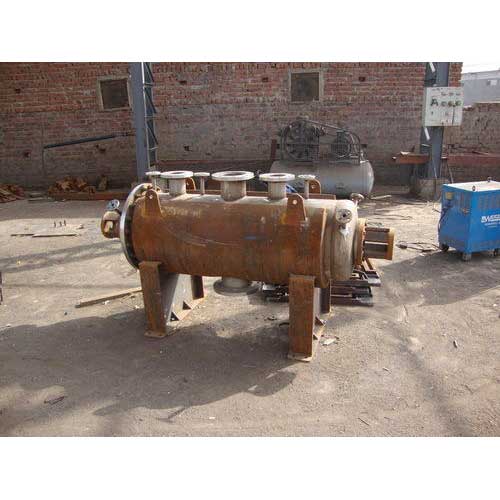
High Pressure Reactor
Karadani Engineering Pvt Ltd is supplying a wide range of high pressure reactor.
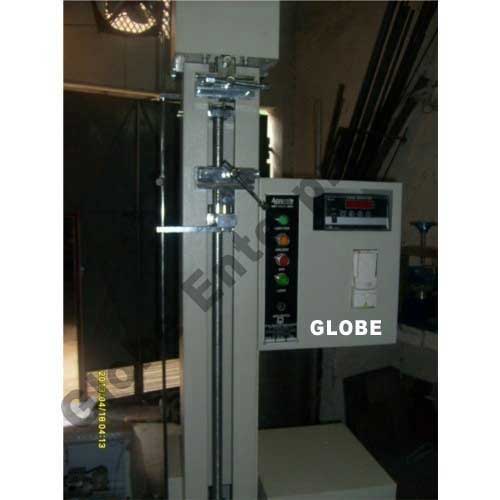
Tensile Strength Tester
Globe Enterprises offers a wide range of tensile strength tester.
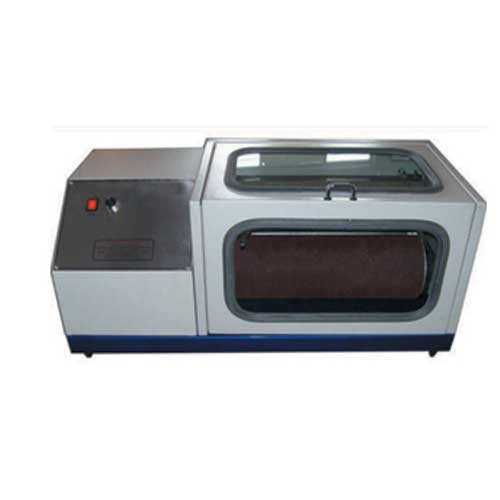
Din Abrasion Tester
Asian
Test Equipments offers a wide range of DIN abrasion
tester.





